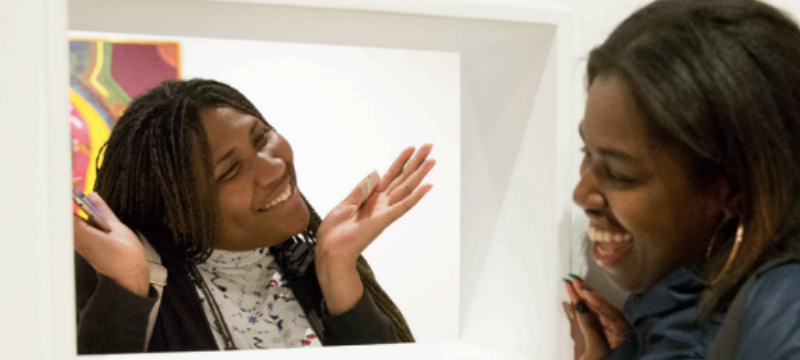Less Is More: Limit the Decision-Makers for Your Next Capital Campaign
Posted by Jennie Winton on November 13th, 2018
Posted in Blog

Many of our clients are elbow deep in capital and endowment campaigns right now. From independent schools to arts and culture organizations to social service nonprofits, shoring up facilities and finances is having a moment.
We’ve written about and offered workshops on how your next case for support can be magnetic to donors. When we’re developing the printed brochure or video for major fundraising campaigns we make sure each has the right dose of urgency + emotion + rationale. This formula has helped ensure our clients have powerful communication tools for reaching their fundraising goals.
We’ve also seen a lot of anemic campaign tools, too. I was recently asked to judge entries of a competition of capital campaign brochures from a group of liberal arts colleges, and was disappointed to see many of these esteemed organizations failing to make a real connection with donors.
This got me wondering why this would be. With smart communication and fundraising professionals at the helm, and huge sums to raise, why are so many nonprofit and education organizations still turning out mediocre capital campaign materials when the best practices on how to do better are clear?
Asking ourselves this question, my Mission Minded colleagues and I had no trouble tracing our experiences back to the answer: The power of the communication tools for any capital campaign are inversely proportional to the number of people tasked with making decisions. That’s right; if you limit the decision-makers, the better those decisions are likely to be, at least when it comes to communications strategy and creative.
We recently had the great privilege of creating the communications strategy, messages, case for support and accompanying brochure for Oakland Museum of California’s $85 million All In campaign.

Beyond the progressive, culture-shifting mission of this great institution, their case is powerful because of how they staffed the effort of creating it. In short, the list of decision makers at the museum working with us was short. Very short.
When a nonprofit forms a committee to create the campaign case, there is a tendency to be inclusive. Many make the mistake of including campaign co-chairs, executive directors, program staff, fundraisers and people from the marketing team, ending up with a committee of 5-10 people, each one with a say. Sounds logical, but in our experience, the larger the committee the worse the outcome. When everyone has a say, your final tools will likely end up saying very little.
So we recommend you limit the decision-makers to a small committee of no more than three, two is even better. The head of your organization should be one of them, paired with the lead staff fundraiser or communicator. In our methodology at Mission Minded, plenty of other people will have an opportunity to contribute their perspectives along the way, but final decisions about how you’ll communicate your campaign should be limited to very few people on your staff.
You don’t need a committee of people weighing in based on their own favorite words, colors or ideas. Allowing that subjectivity waters down good ideas and ensures your decision-making will be harder.
So what about your campaign co-chairs? Dare you leave them out of creating the communication tools? Yes.
Their job is to fundraise. It’s the staff’s job to give them the high-octane tools to do it well. Spare their time by engaging them only for the most potent contribution they can make. (And if they don’t trust the staff enough to do this without oversight that’s a problem worth addressing.)
So here’s how it goes:
- Decide on your partner, ideally an agency that can develop the entire campaign theme, write, design and produce all the materials you need. Make sure your writer and designer are a team, collaborating to create a cohesive, powerful narrative.
- Decide on your internal team, 1-3 staff who understand your feasibility study, donors, your board, and your campaign co-chairs’ various points of view.
- Allow your agency to develop a sound communications strategy for your campaign. Ask them to deliver great options, and pick the one your gut tells you is the best. Then confidently present the finished tools to your staff and fundraising team, highlighting the strategy behind the work and how it will help you achieve your fundraising goals.
With this streamlined process in place, we have no doubt that you’ll end up with a finished product that everyone will appreciate.
Ready to get started? We’ve got 7 tips to help you find your very best communications consultant (with a helpful RFP template included!) so that you can be well on your way of creating your best capital or endowment campaign yet.
Jennie Winton is a Founding Partner of Mission Minded, a 25-year marketing veteran sought for her expertise in branding nonprofit organizations, and a one-on-one leadership coach.
See all posts by Jennie Winton